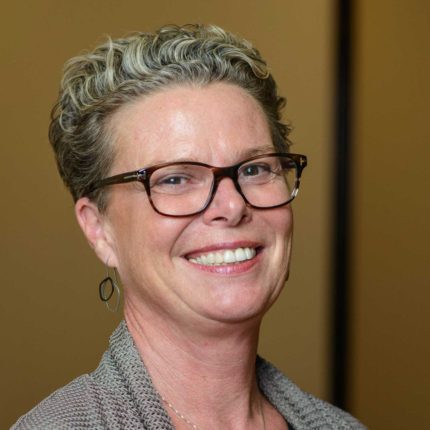I know we all have our cross to bear. The UK has Brexit, the US has Trump and now Australia has Scott Morrison. None of us expected to be in this situation. But here we are – bewildered, confused, angry and borderline depressed.
Obviously, given the results of the most recent election – and events in the UK and US – people like me live in a bubble. A bubble in a bubble in a bubble that is so far removed from reality we have no idea what to think anymore.
We live in a time in which we have the most highly educated citizenry in history, the highest youth vote ever, gay marriage got over the line because of a postal vote, climate change threatens to devour our nearest neighbours and entire walls of boutique gin compete for space on the booze barn shelves. I assumed that everyone actually cared about the things I cared about. It seems not.
Given this, I fully support the government’s decision to bring an end to the demand driven system. After all, who wants smart educated people who vote for Scott Morrison? (I’m joking, of course. Democracy is a wonderful thing.)
Opportunity and demand
The thing about the next generation of young people is that they may not have the same opportunities as their older brothers, sisters, cousins and school mates.
In a stellar contribution to policy debate in Australia, Andrew Norton has provided a compelling argument as to why the government should backtrack on its decision to bring about an end to the demand-driven system. While it will increase places based on demographic growth, it will also place this growth at the mercy of performance criteria.
As Norton points out, the students of tomorrow are at the mercy of birth rates and their predecessors’ academic achievements and the uncertainty of the economy’s health, which really pushes notions of fairness.
Norton is a great supporter of the demand driven system, largely because he doesn’t like quasi markets (he’s a purist to the bootstraps) and also because there are huge advantages for equity students in a system of uncapped undergraduate places and subsequently share in the spoils that a university education brings.
I was thinking about this when I stumbled across an interesting paper that looks at the graduate employment and further study options of equity students. It’s from Ian Li and David Carroll, both from the University of Western Australia.
They agree with Norton that the demand driven system has worked well as Australia’s primary equity policy measure in terms of “levelling the playing field and providing opportunities for individuals from disadvantaged background to access higher education”,
But the two researchers dug deeper and come up with some fascinating and nuanced insights, including the fact that most equity students don’t have the same benefits from their education as non-equity students and it might even be the primary driver behind why they are more likely to undertake postgraduate education and even a second undergraduate degree.
Equity but not equal
So let’s just look at some of the findings. First up, graduates from a low-socioeconomic background, or with a disability or from a non-English speaking background were less likely to be fully employed post-degree relative to non-equity students. For NESB graduates the difference was sizeable – a massive 16% (which begs the question: is Australia racist?).
While 87% of non-equity students were employed after graduation – and 62% employed full-time – for NESB students the figures were 71% and 59%. NESB students were also more likely to go into postgraduate education, as were women in STEM – perhaps because their full time employment rate was just 49% (and still the powers that be keep plugging STEM as an area of great career opportunity despite all evidence to the contrary).
On the earnings front, indigenous students earned a whopping 6% premium – when academic performance is taken into consideration. I’m not completely sure what that means but it seems like a giant rider to the headline news.
It also confirmed previous research that shows that equity students tend to cluster in particular disciplines, with allied health proving the most attractive study area. Indigenous and low-SES students are more attracted to teacher education, while students with disabilities go into architecture and building and natural and physical science.
Li and Carroll point out that given the financial and opportunity cost of going to university, we need to take these results seriously. This is particularly true when our most financially disadvantaged students are taking on second degrees just to get ahead. The report says:
The relatively large proportions of (indigenous), regional/remote and NESB students undertaking further undergraduate study raised the question of whether these students feel as though their initial degree did not adequately equip them for the labour market, whether they lacked knowledge (or were badly advised) when choosing their first degree, or are simply returning to study for personal enrichment.
Somehow, the last option seems unlikely.
However, the starving of the demand driven system via centralised controls and ill-thought out criteria will certainly have much larger economic consequences for students of this ilk. If they can’t get a place to begin with – and add to that the fact that the vocational sector is completely broken – the disadvantages of birth will be perpetuated and amplified by higher education policy.
I thought as a nation we were smarter and more mature than that.












